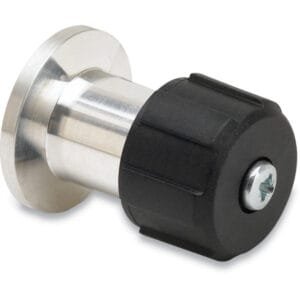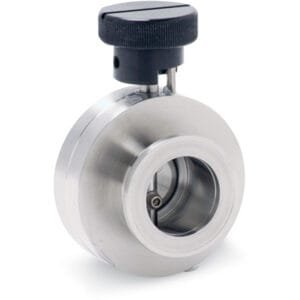ISO63 HV Flanges
ISO63 HV Flanges are high-vacuum flanges designed for secure and leak-tight connections in HV (High Vacuum) and UHV (Ultra-High Vacuum) systems. These flanges adhere to ISO-K and ISO-F standards, making them compatible with various vacuum components and applications.
Key Features
Material: Made from high-quality stainless steel (304L or 316L) for superior corrosion resistance and durability.
Sealing Mechanism: Uses O-ring seals with either ISO-K (quick clamp) or ISO-F (bolt-style) connections for efficient vacuum sealing.
Standardized Dimensions: Complies with ISO63 specifications, ensuring seamless integration with vacuum systems.
Vacuum Compatibility: Designed for HV and UHV applications, minimizing gas leakage and ensuring system stability.
Mounting Options: Supports ISO-K (clamped) and ISO-F (bolted) connections for flexibility in installation.
Applications
Vacuum Chambers: Used in scientific research, industrial processing, and laboratory vacuum systems.
Thin Film Deposition: Essential for PVD, CVD, and sputtering processes in semiconductor and materials science.
Analytical Instruments: Applied in mass spectrometry, electron microscopy, and spectroscopy systems.
High Energy Physics: Utilized in particle accelerators, space simulation chambers, and nuclear research.
Why Choose TFM’s ISO63 HV Flanges?
High Precision Manufacturing: Ensures leak-tight, reliable performance in demanding vacuum environments.
ISO Standard Compliance: Fully compatible with ISO-K and ISO-F mounting configurations.
Durability and Strength: Built for long-term use in high-vacuum applications.
Ordering Table





Reviews
There are no reviews yet.